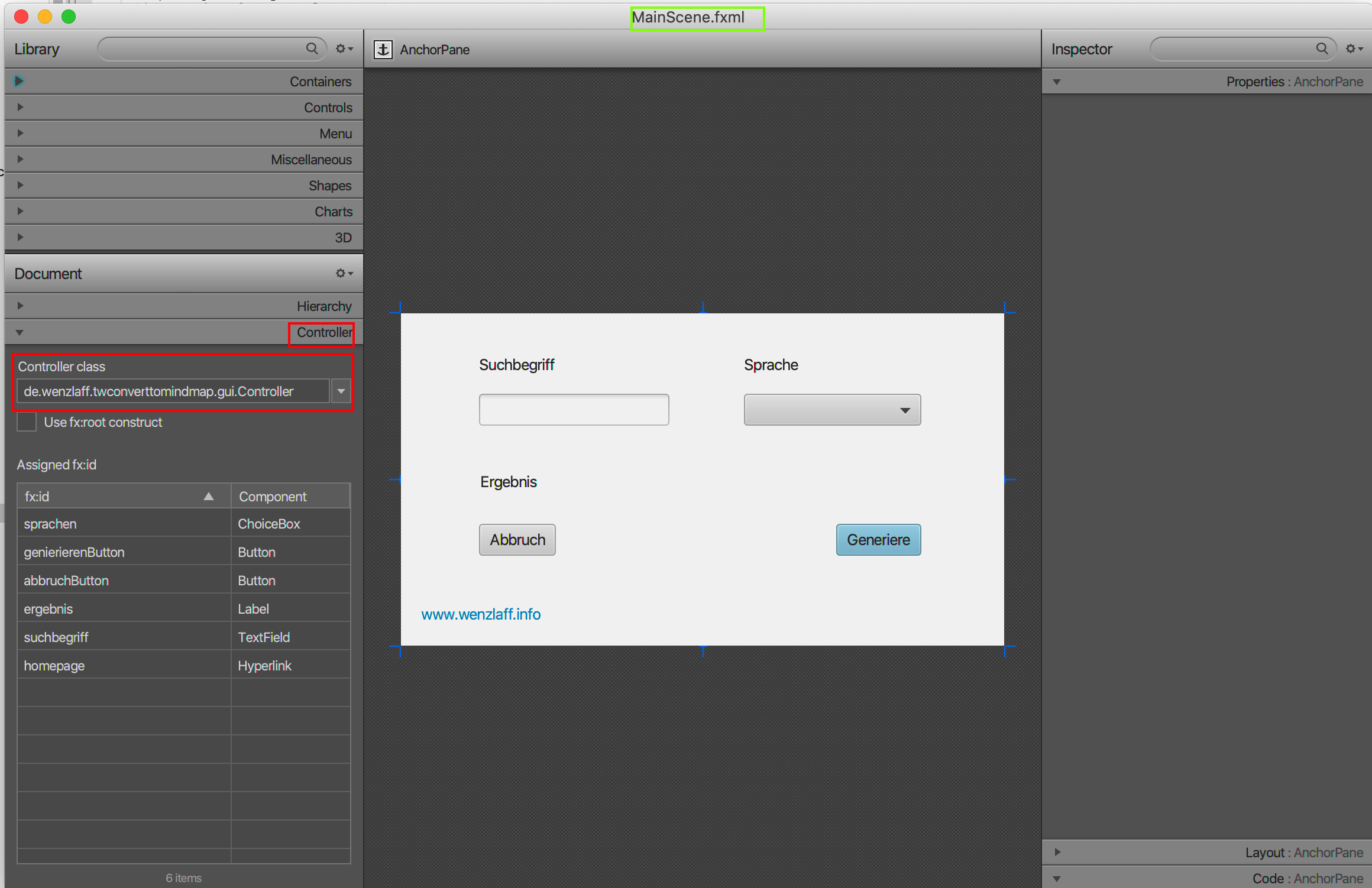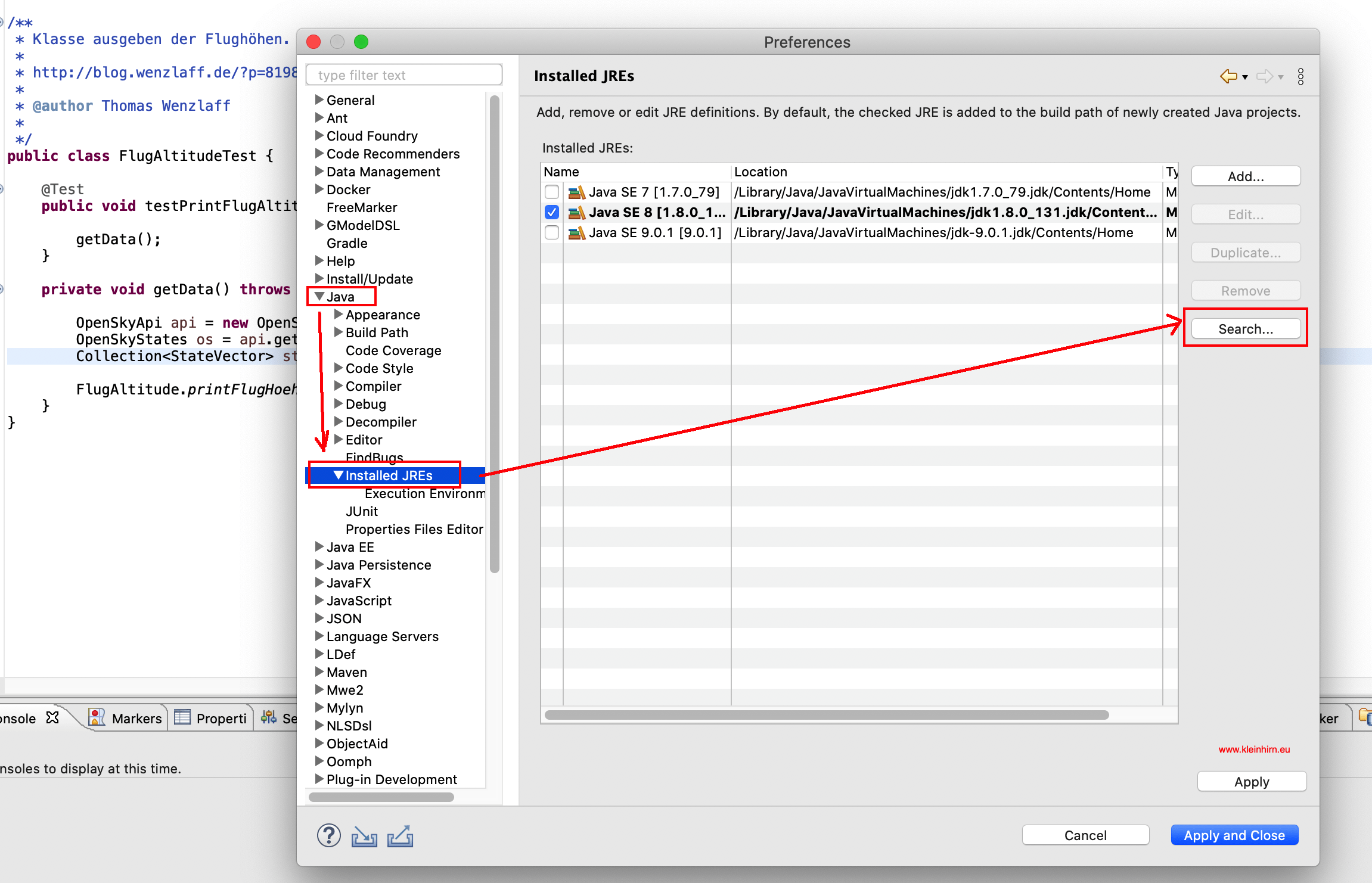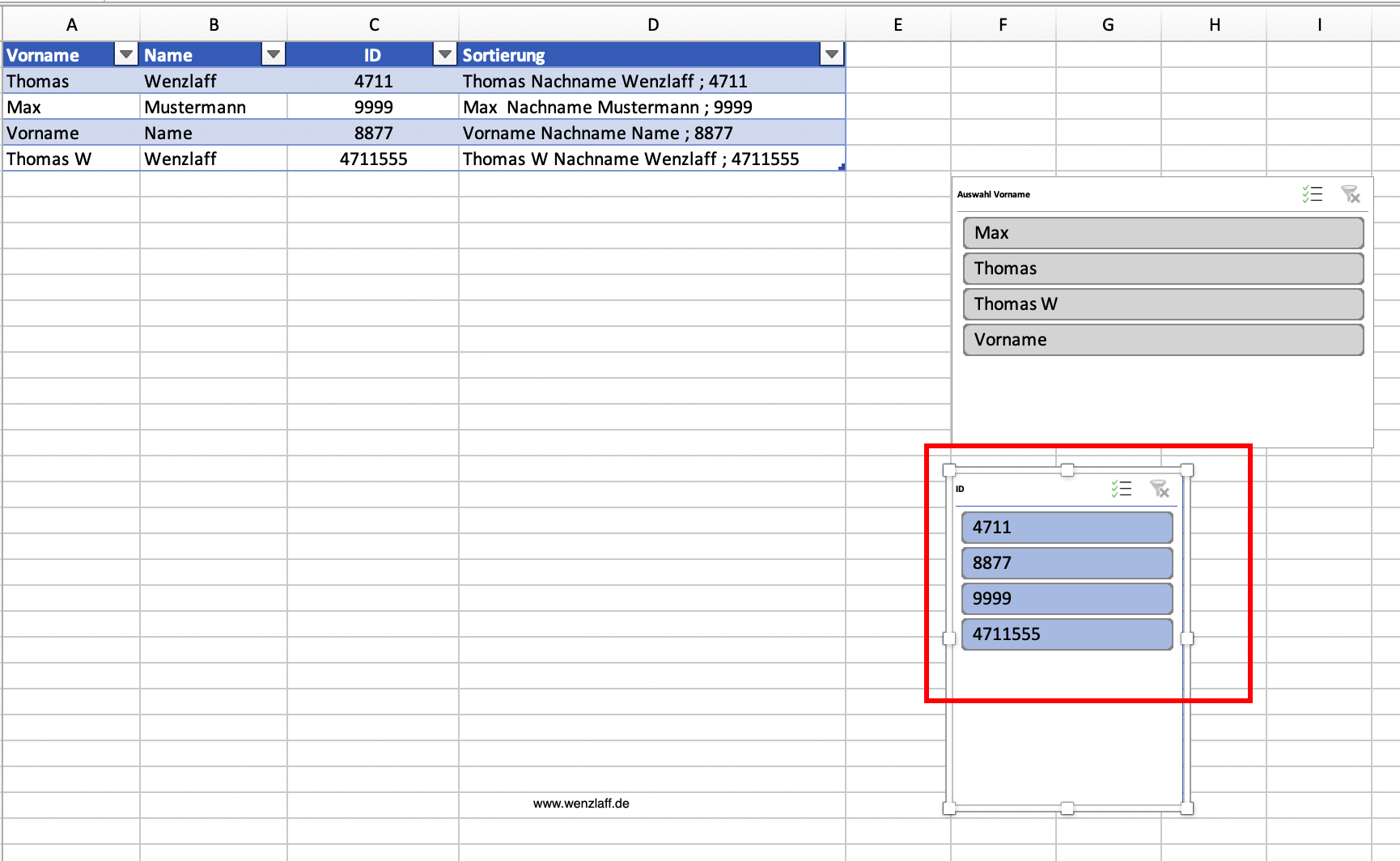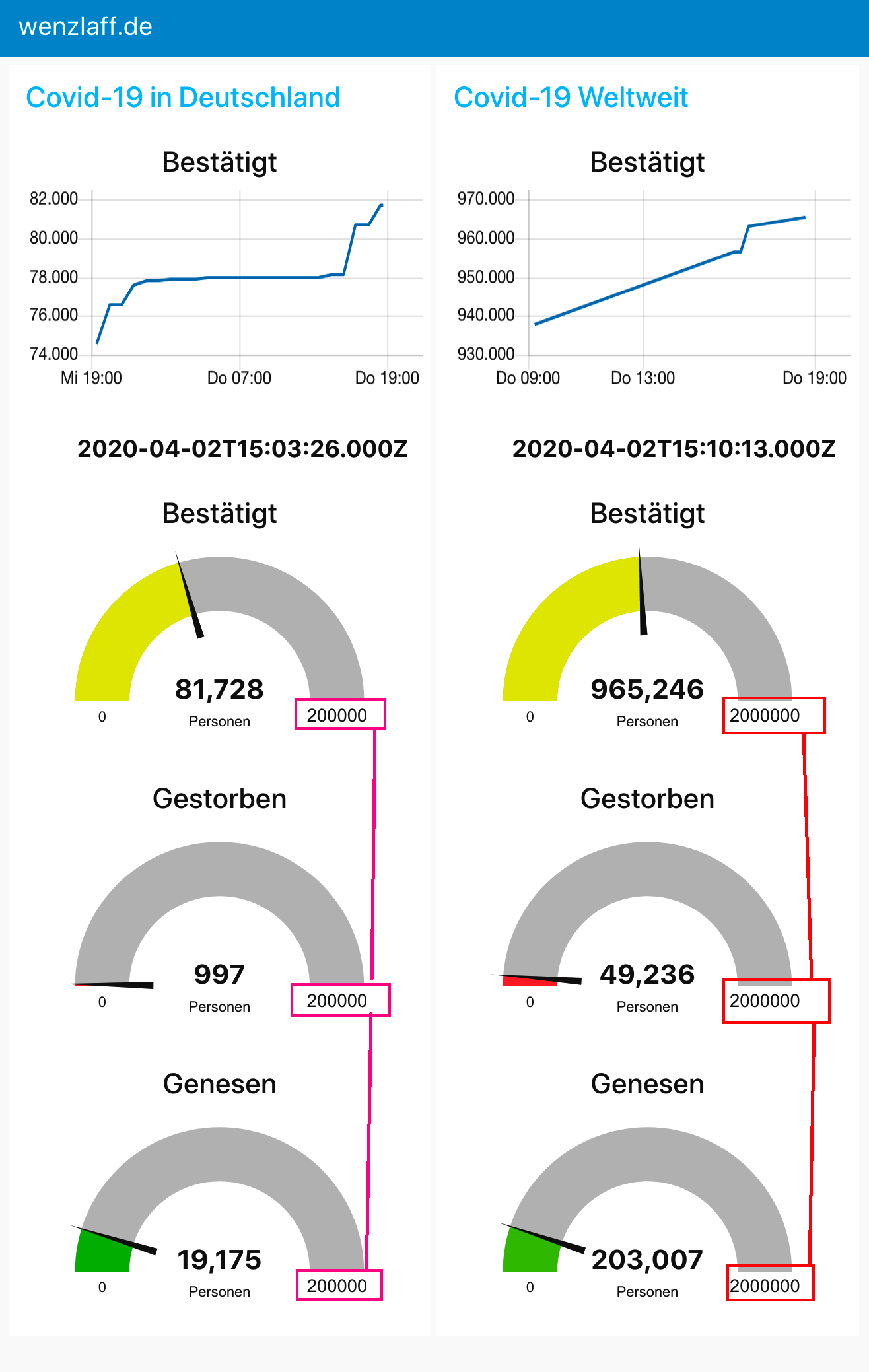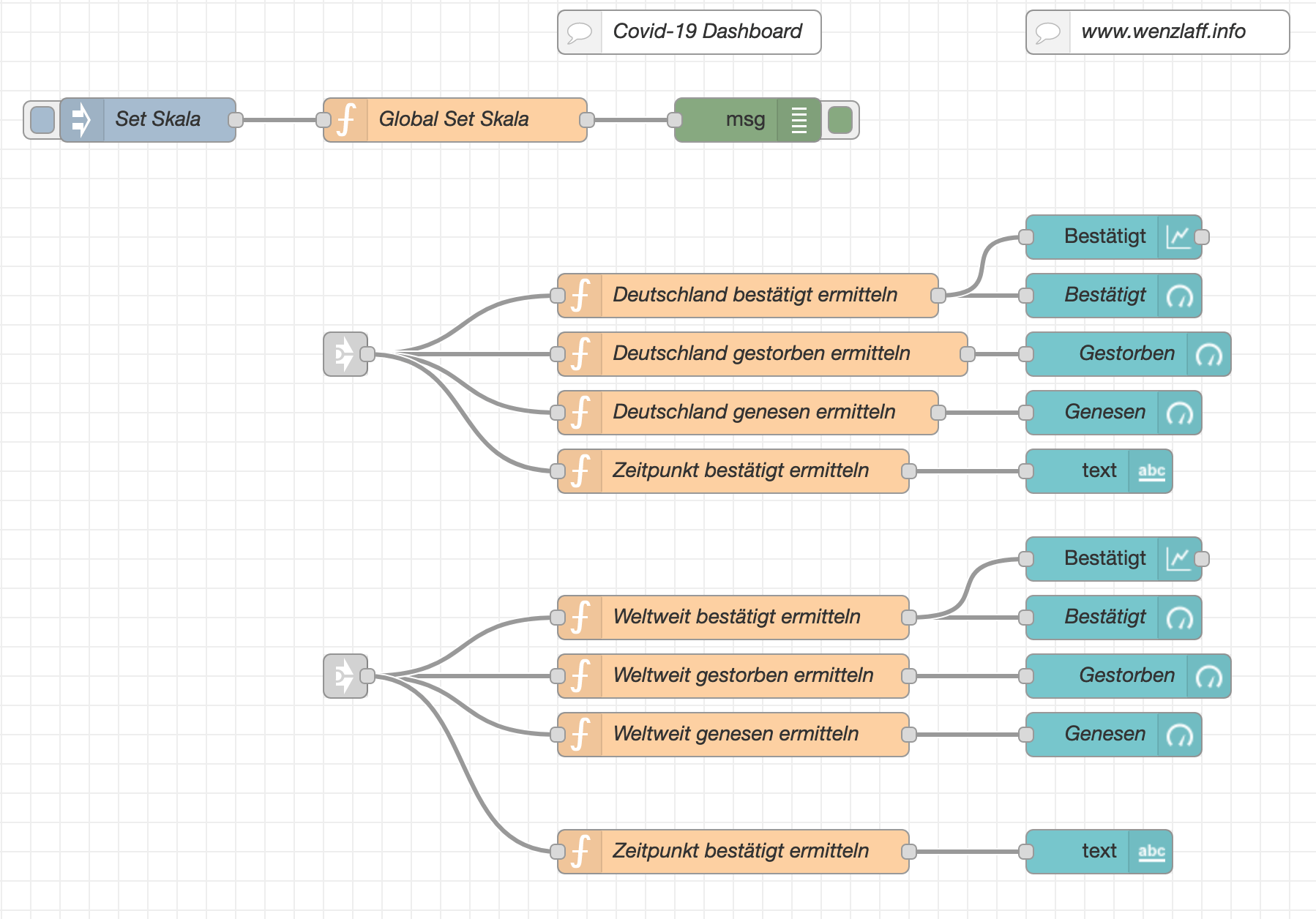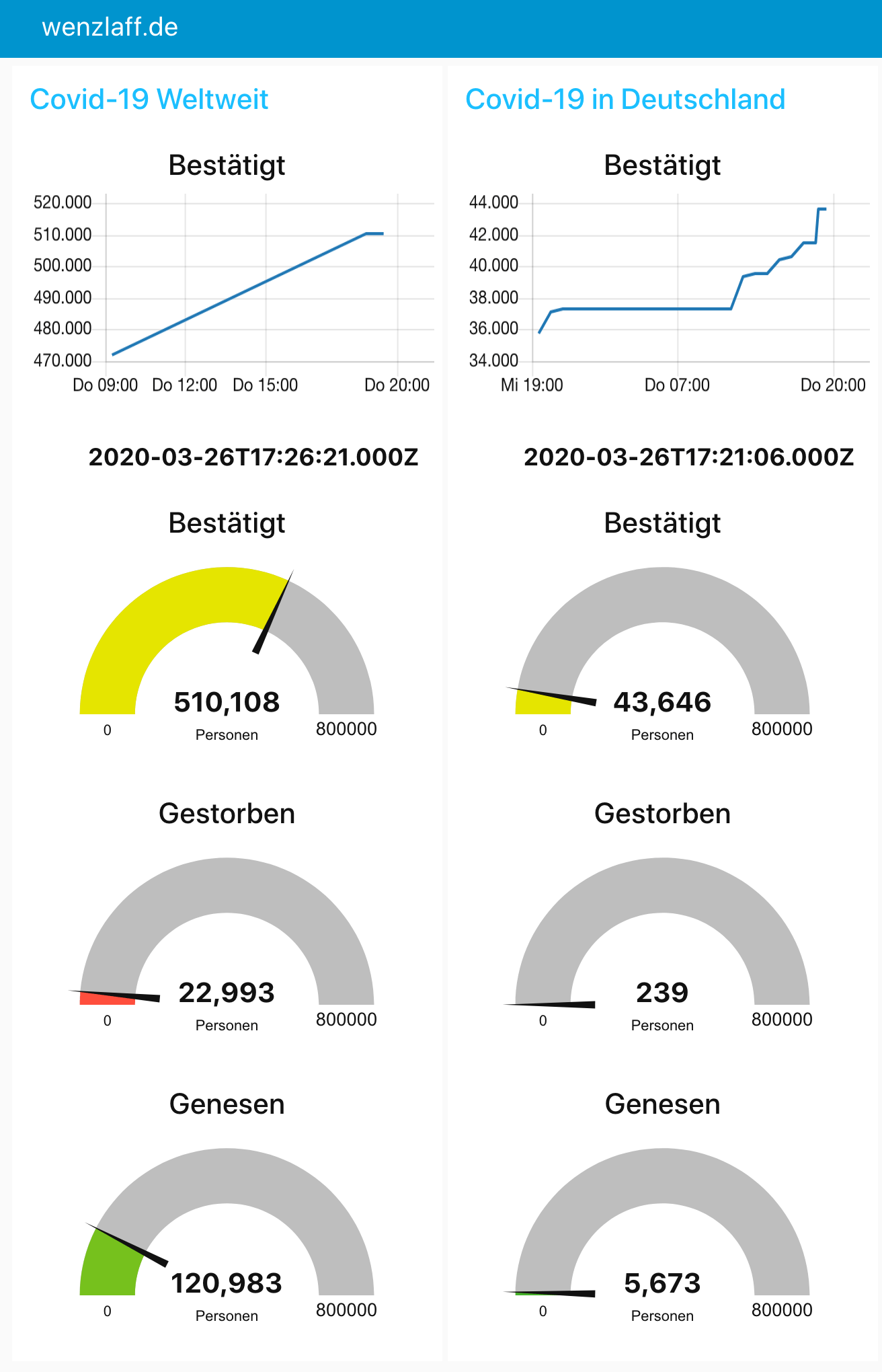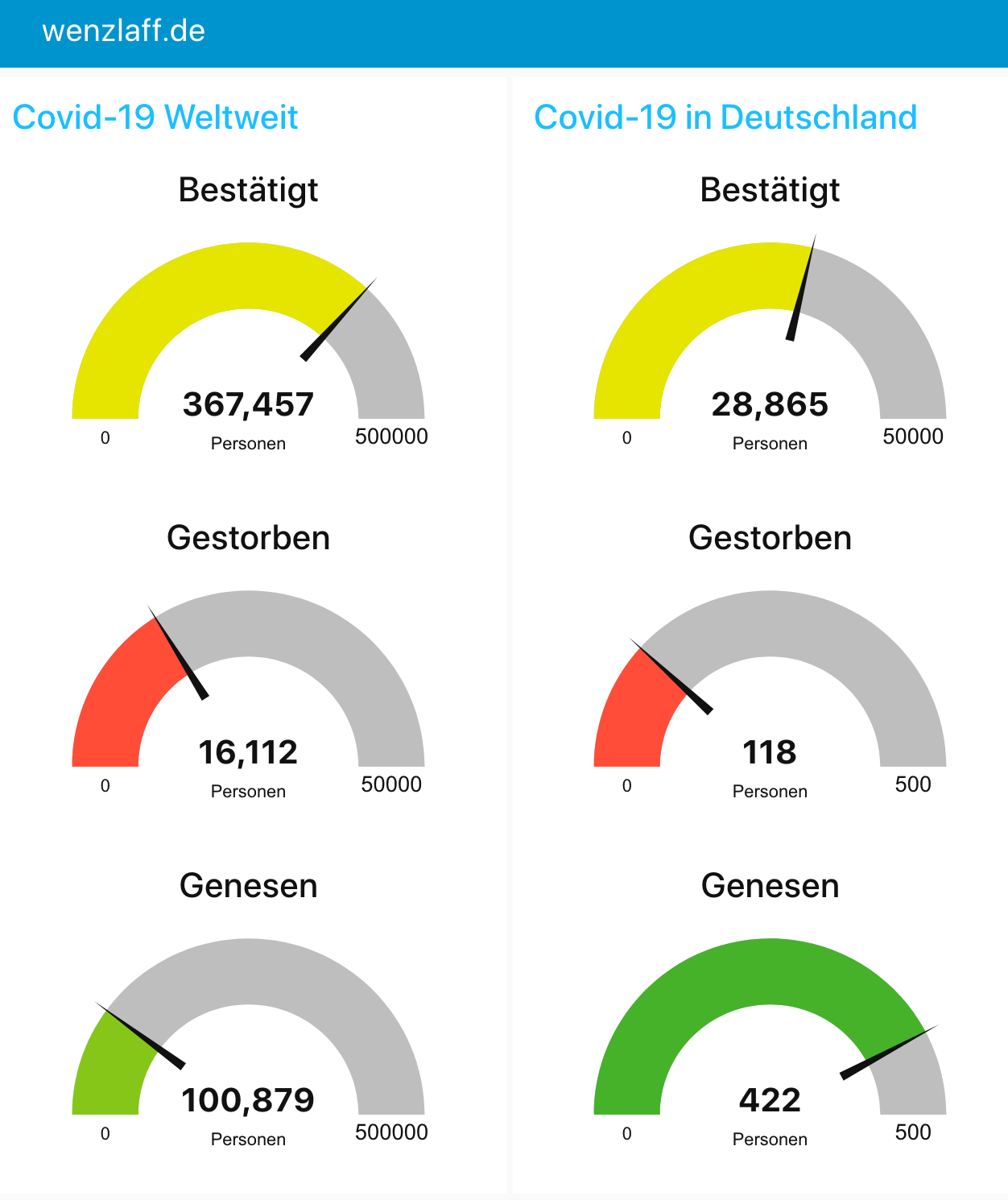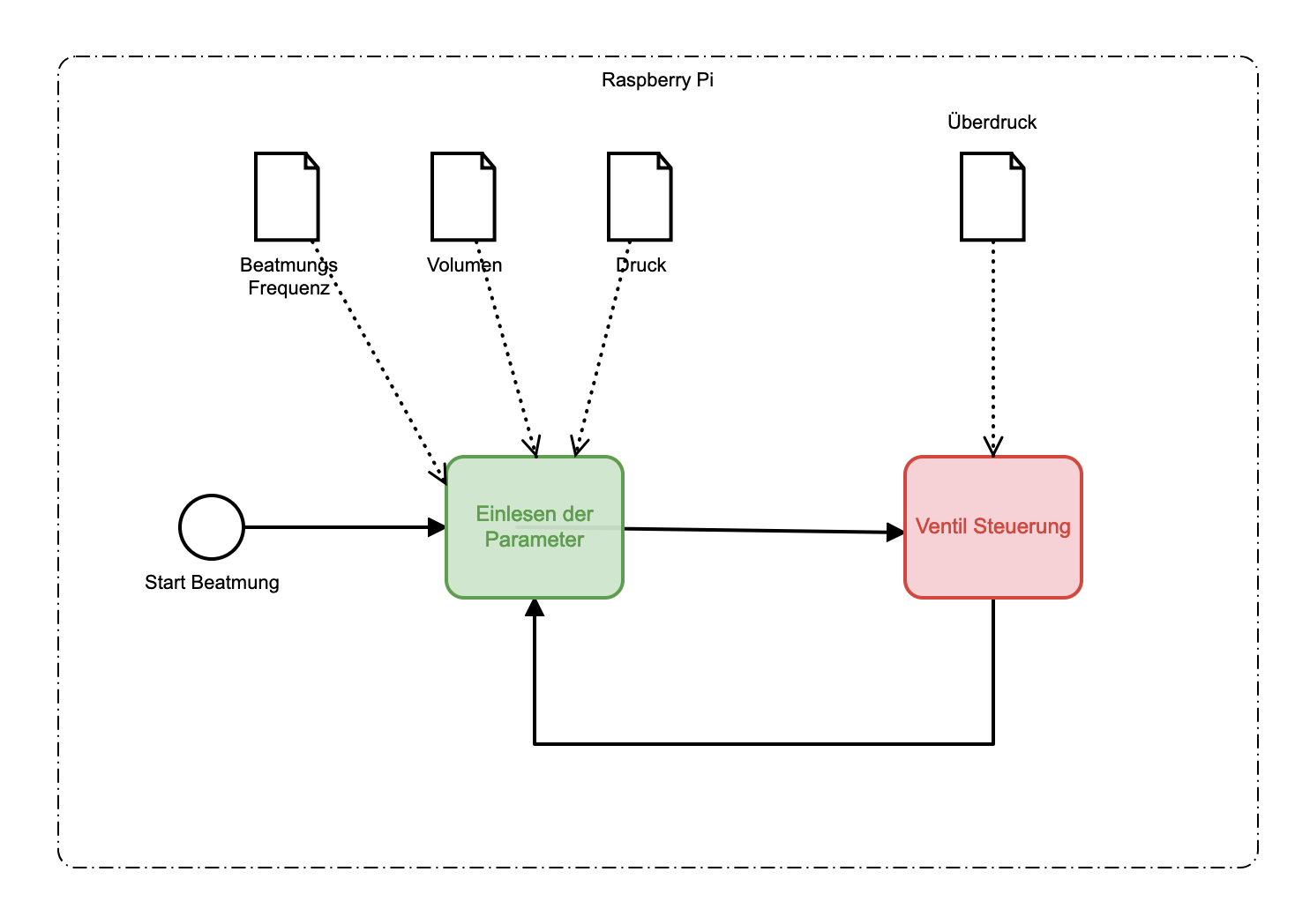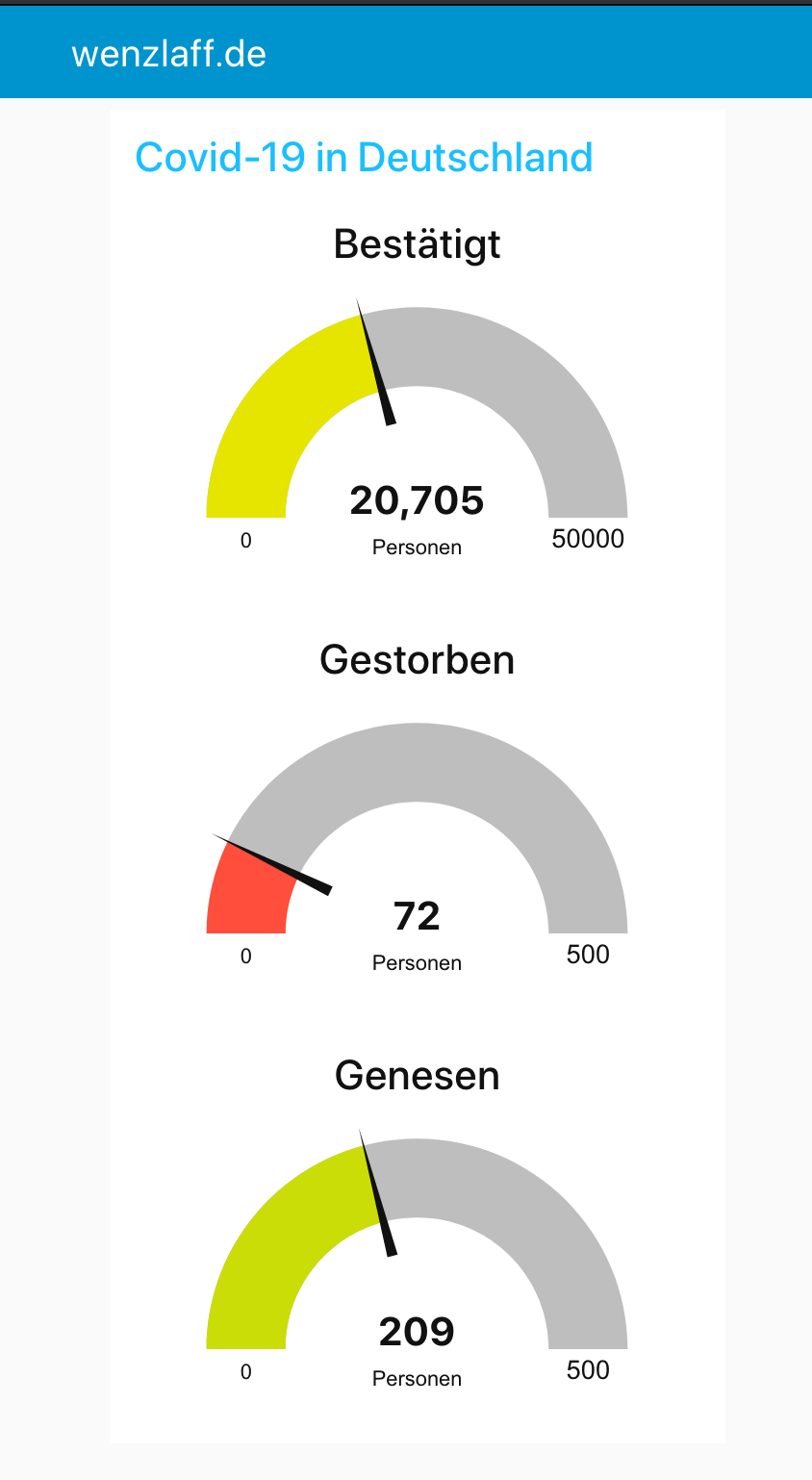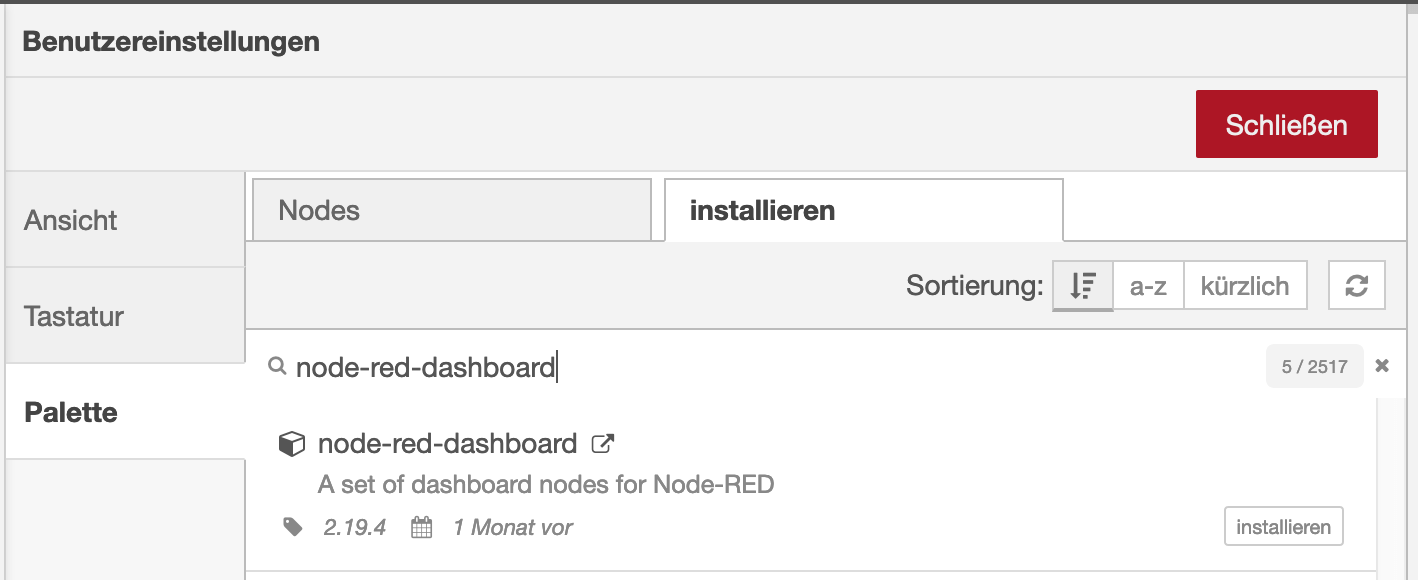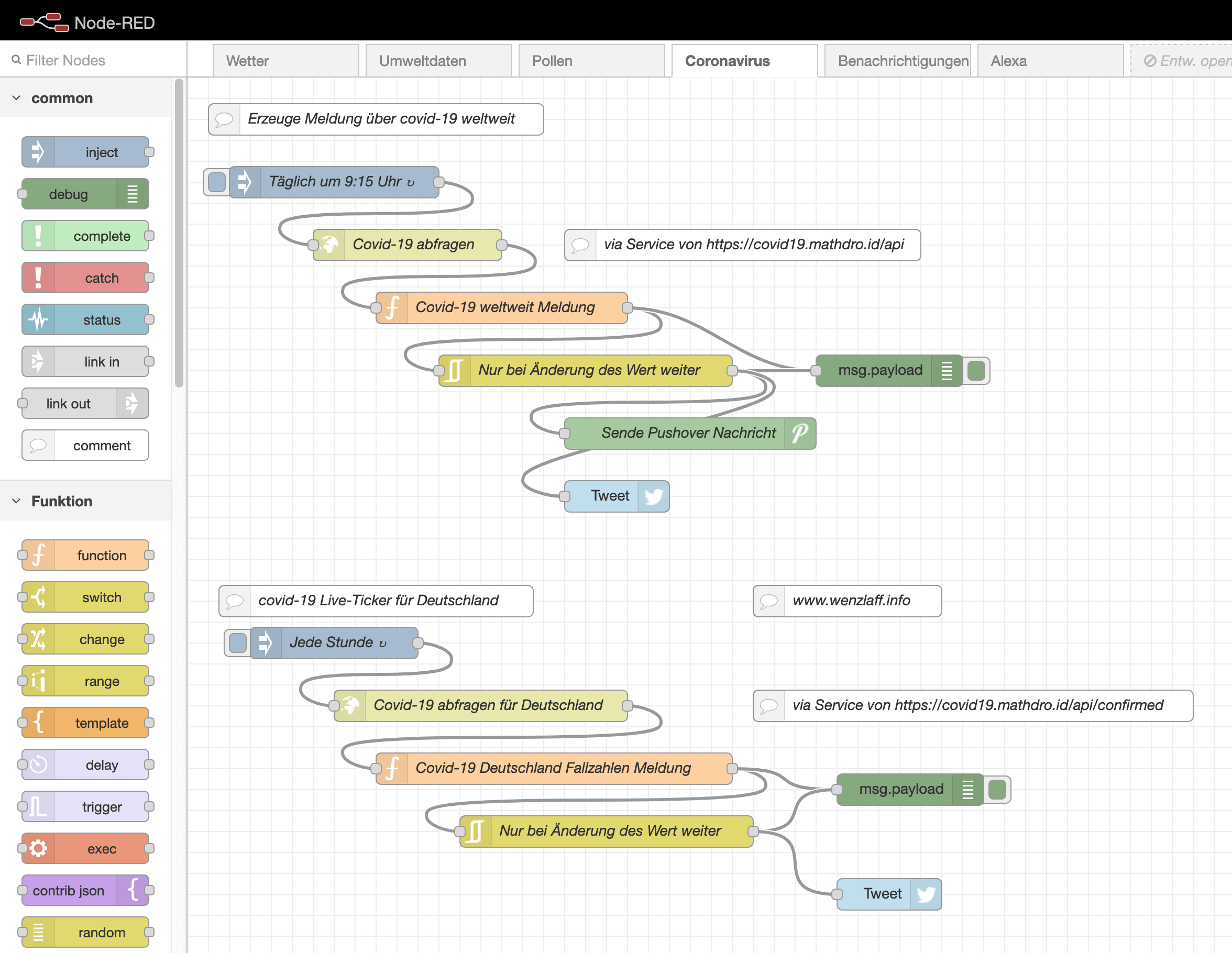Da vor ein paar Tagen der öffentliche Schlüssel für das gitlab.com Repo geändert wurde, kommt es beim apt-get update evl. zu diesem Fehler:
W: An error occurred during the signature verification. The repository is not updated and the previous index files will be used. GPG error: https://packages.gitlab.com/gitlab/raspberry-pi2/debian jessie InRelease: Die folgenden Signaturen konnten nicht überprüft werden, weil ihr öffentlicher Schlüssel nicht verfügbar ist: NO_PUBKEY 3F01618A51312F3F
W: Fehlschlag beim Holen von https://packages.gitlab.com/gitlab/raspberry-pi2/debian/dists/jessie/InRelease Die folgenden Signaturen konnten nicht überprüft werden, weil ihr öffentlicher Schlüssel nicht verfügbar ist: NO_PUBKEY 3F01618A51312F3F
W: Einige Indexdateien konnten nicht heruntergeladen werden. Sie wurden ignoriert oder alte an ihrer Stelle benutzt.
 (c) 2020 K. Wenzlaff – mit freundlicher Genehmigung
(c) 2020 K. Wenzlaff – mit freundlicher Genehmigung
Was kann bei dieser Fehlermeldung gemacht werden? „Raspberry Pi: NO_PUBKEY 3F01618A51312F3F“ weiterlesen


